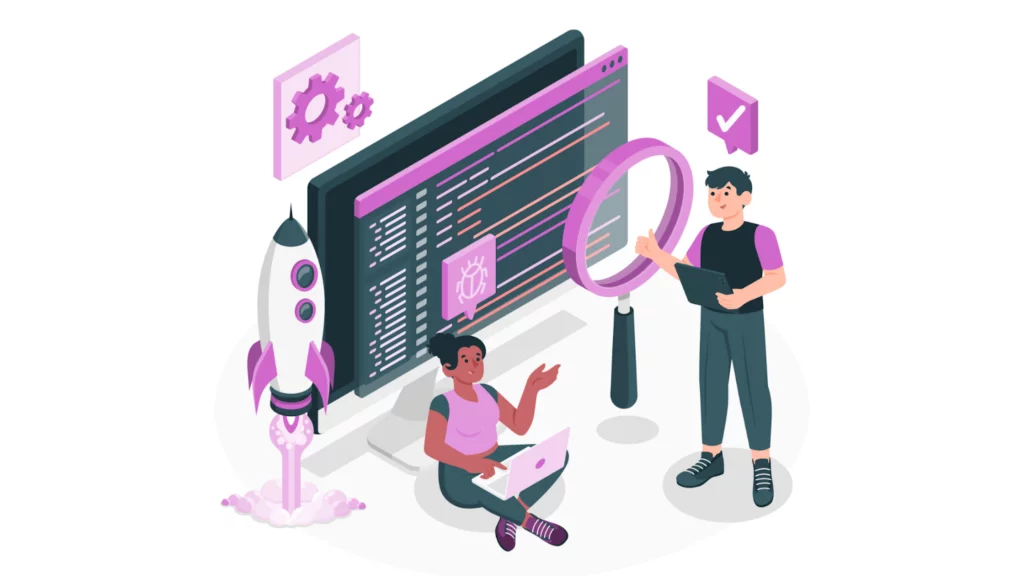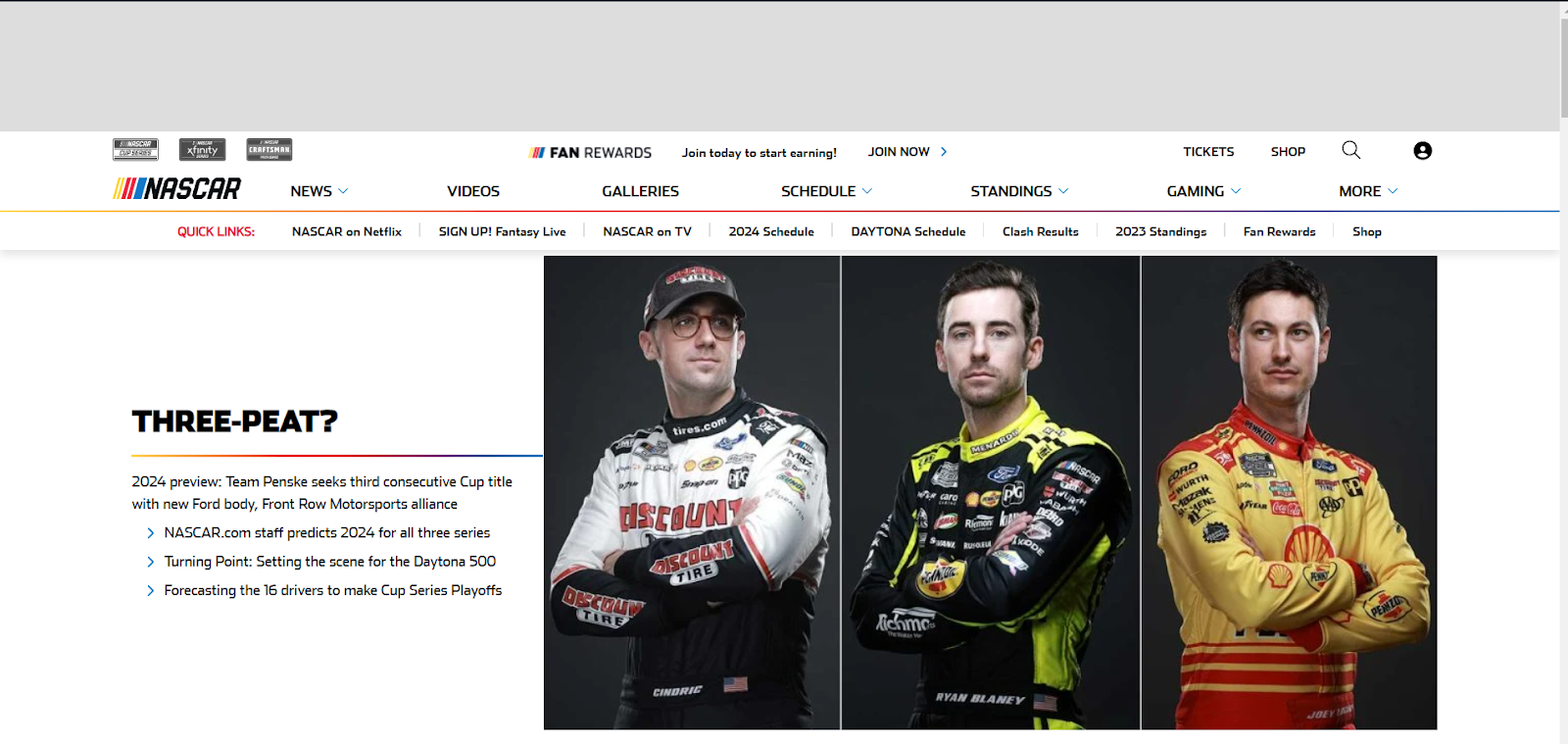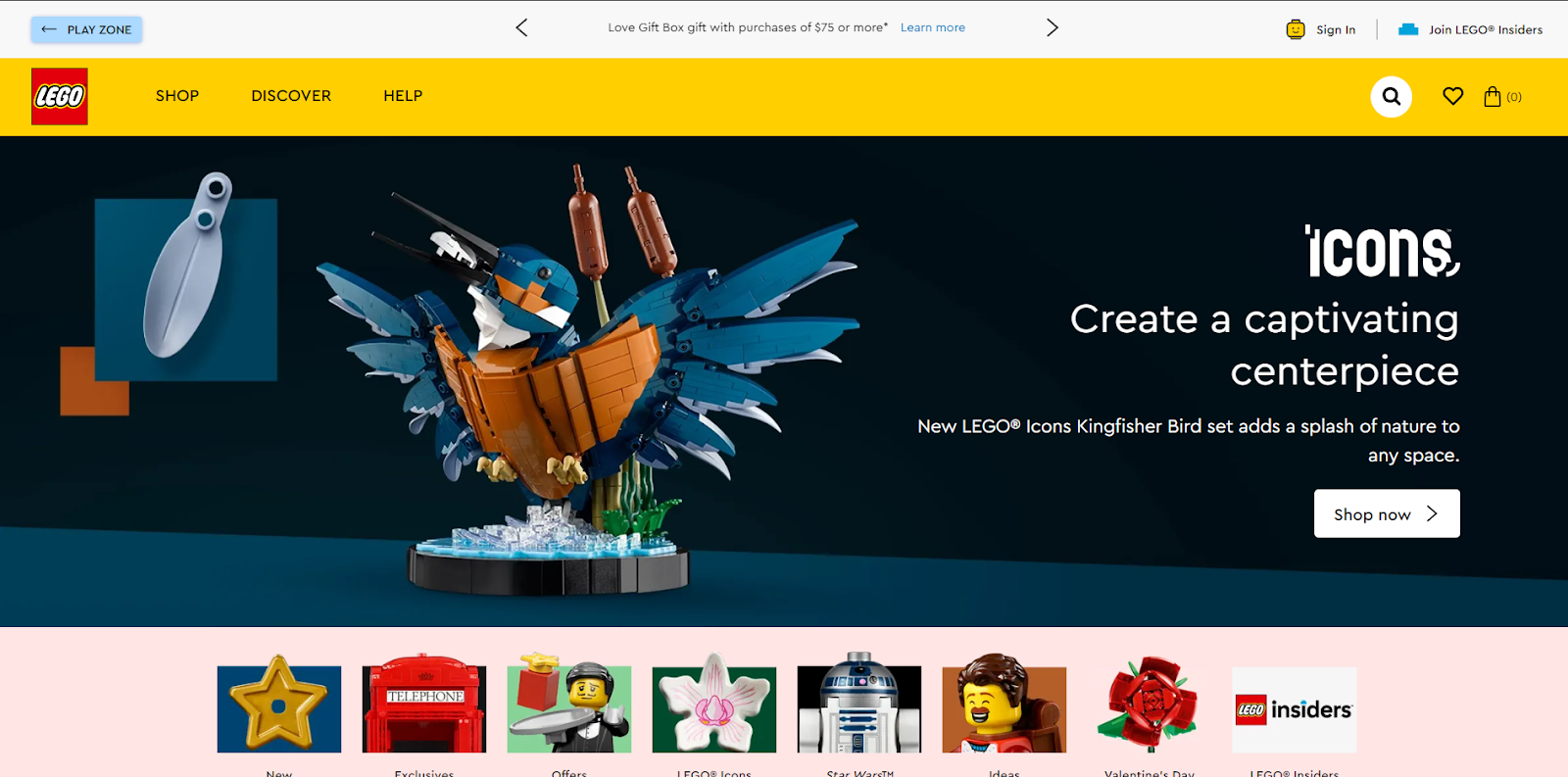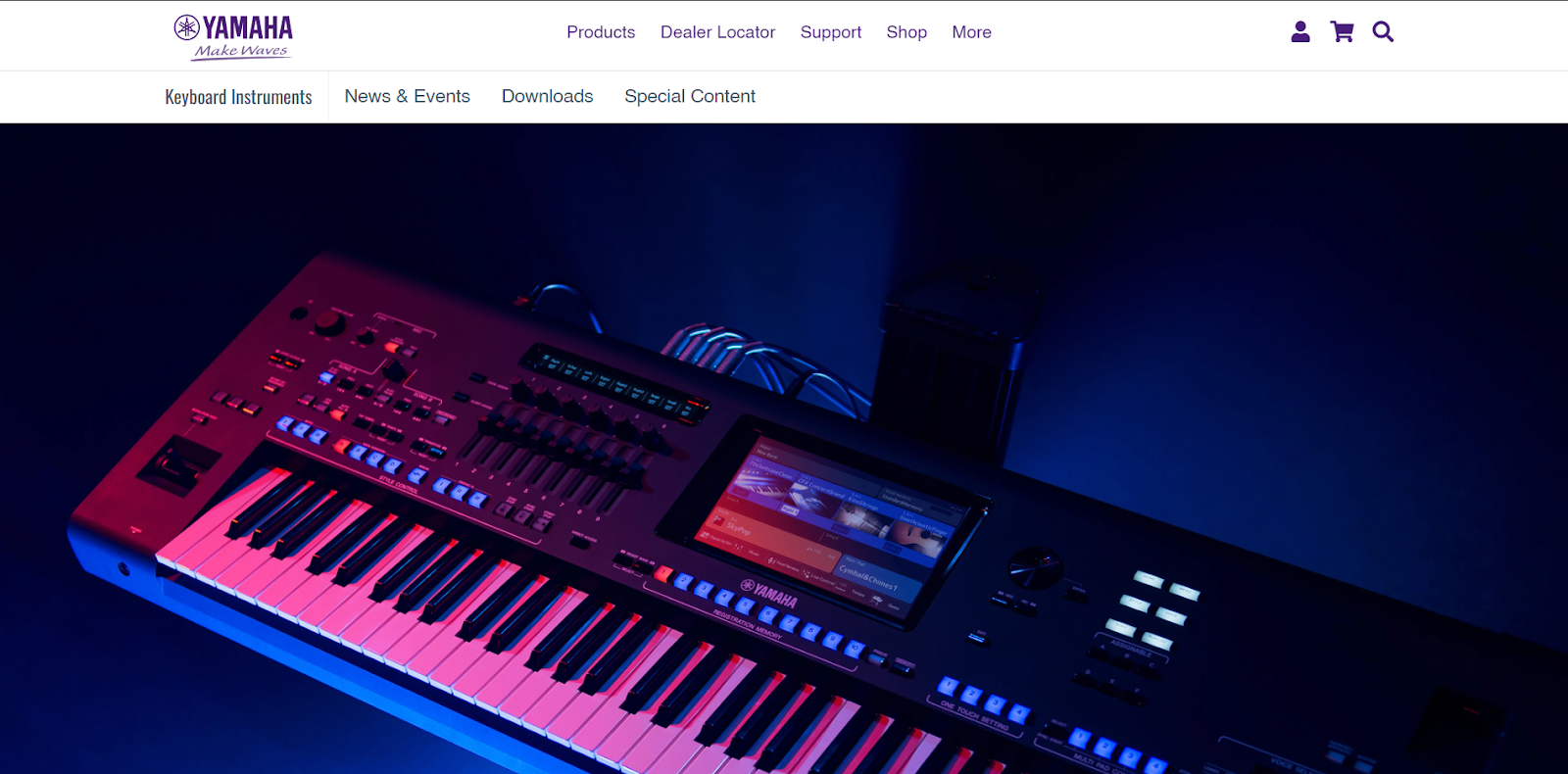
Concept testing an idea before launching it can help you save a ton of money and time when you have a big idea you want to get right. By receiving input from your target audience, concept testing enables you to improve a new logo, ad campaign, landing page, or product concept.
It can be as quick, easy, complex, and iterative as required. In short, concept testing is a cushion that helps you derive the perks of getting feedback from your target audience without directly launching the product. With it, you can make as many changes to your product or service as possible before officially launching it.
What is concept testing?

Concept testing is a valuable tool for assessing one or more new ideas among a small group typical of a company’s or organization’s target market.
In the early phases of product development (NPD), this technique will help refine concepts for new goods and services. It is also used in advertising, website design, packaging design, name testing, logo testing, and promotions.
During the ideation stage of the product development process, businesses can concept-test ideas to determine whether a potentially promising concept is worthwhile to pursue.
How concept testing fits into market research
A crucial component of market research is concept testing, which gives consumers a chance to say whether or not a concept’s features and advantages meet their needs.
The foundation of concept testing is hearing what the audience says and determining whether the idea is workable for them without enacting any rules or expectations. You can contact the same target market through this open learning process and seek their real-time feedback on your product developments.
Additionally, it’s a way to practice effective experience management. During a product launch, your profit and loss are closely related to the perceived value of your brand and the quality of your offering. Similarly, a depressing defeat can harm future business endeavors, investor relations, and employee morale.
Types of Concept Testing
Monadic Testing
Using monadic testing, you must segment your target market. Every group evaluates a product feature and explains why one idea is superior to the others. Here, respond to inquiries such as “How would you rate the overall feature satisfaction?” and “Does this concept provide value for money?”
The audience is not required to compare this feature to other concepts already on the market, even though there is a benchmark. Instead, they carry out a thorough examination of the concept’s unique features.
Comparative Testing
This technique, also known as comparison testing, determines how various concepts stack up against one another. Typically, survey participants are asked to rank each idea about a set of standards.
Asking specific questions to ascertain which concept features are preferred or using ranking questions are other methods of conducting comparison testing.
Sequential Monadic Testing
Here, the target audience is divided into groups by the researcher. Every group assesses the ideas in a randomized, alternating order. As an illustration, Group 1 looks over a feature and gives it to Group 2, while Group 2 gives Group 3 another idea.
The goal is to allow everyone in the intended audience to review each concept and offer input. Following the test, a survey or questionnaire with the same set of questions is completed by each group.
Proto-monadic Evaluation
Proto-monadic testing combines comparison and sequential monadic testing and asks participants to evaluate concepts, contrast features, and select the best fit after the rotation.
Examples of Successful Concept Testing
While concept testing seems sound on paper, is it practical in practice? Indeed! Concept testing is used by some of the largest brands you know to create fantastic products that consumers like you adore. Let’s examine a few instances.
Shinola

Shinola, a young and emerging fashion brand, was prepared to release a new line of wristwatches in 2018. They conducted a concept testing survey to determine which watches to include in their spring 2018 collection because they realized this would be a significant investment.
Tesla

As part of its 2017 Model 3 launch plan, Tesla conducted a successful concept testing. The Tesla product team invited a select group of consumers to test new features and advantages to prepare the target market for the new offering. The company raised an additional $400 million for investors thanks to this successful move.
NASCAR
Following a significant change to its vehicle racing business model, NASCAR decided to gather viewer input as part of concept testing. More than 200 comments were received from viewers covering their viewing experiences, favorites, and dislikes. These data sets assisted the business in refining its model for racing cars.
Lego
Lego invested in concept testing to reach the demographic of young girls, a market their traditional building sets failed to attract. It was discovered through their concept testing that girls preferred to create complete environments over isolated structures.
Lego utilized these observations to create the popular Lego Friends building set line, which targets the female market.
Yamaha
Yamaha is a global producer of musical instruments. They employed concept testing during the Yamaha Montage keyboard’s design process to determine whether users preferred sliders or knobs for adjustment. They gathered important information swiftly and precisely, which helped them decide to use sliders.
Here’s how to conduct the concept testing surveys
Select an appropriate concept testing method
You must choose the best concept testing method for your product from the four main approaches. For example, use proto-monadic testing or the comparison method when experimenting with multiple features.
Here, you ought to consider the time allotted to the procedure. For example, consider using the concept selection method if you have a tight deadline for the product launch. If more time is available, though, other approaches may be helpful.
Decide which approach works best by weighing the benefits and drawbacks of each.
Choose the appropriate survey technique.
The appropriate survey method is selected after deciding on the concept testing approach.
In this case, what should come first? Selecting a survey method that aligns with your goals is advisable. These objectives would guide your entire decision-making process, including the survey questions’ design, content, and format.
When creating your survey, keep the following points in mind:
To arrange the fields and questions on your form, use survey blocks.
Give priority to Likert scale questions that let respondents assign a 3-, 5-, or 7-point rating to a particular feature.
Provide background information about survey participants by including questions about their demographics in your survey.
Utilize pictures to make eye-catching visual presentations for a variety of survey questions.
Find a representative population sample.
Test subjects ought to be representative of your prospective clients. After all, if you’re testing athletic gear to sell to high school football teams, using a survey group composed of retirees is not very useful. You could use questions from a demographic survey to screen test groups.
Make use of a random selection.
Use random selection to split your testing population into smaller groups if necessary. This will guarantee that the test group’s profile closely resembles your target market’s.
Evaluate the outcomes
Results from a well-conducted concept test will give you information about how your business idea was received. The data could meet your expectations for your goods and services or fall short of them. Even if the concept test results weren’t what the researcher had hoped for, a good researcher will still accept the results. It’s a sign that a concept is promising when it performs better in a test than others.
How can you make use of concept testing?
Concept testing techniques can evaluate concepts for goods or services, advertising campaigns or messaging, or even your entire brand.
Goods and services: A planned product or service’s potential reception can be measured through concept testing. The outcomes can assist you in making decisions about whether to proceed with these goods or services, offer them to select markets, make changes to the concepts, or abandon them altogether.
Price and improvements: Will you provide customers with a reward for switching to a new good or service? Are you contemplating a change in your pricing strategy? To determine the main characteristics and advantages that customers are seeking, use migration path tests to gauge their initial responses. Next, create upgrade tests to assess whether launching a new product line will increase sales.
Advertising and marketing: Concept testing helps assess your advertising strategy and determine which marketing messages resonate best with your target market. A logo testing survey is one instance where you can ask people their opinions about your proposed logo.
Designing websites: Launching a new website or redesigning an existing one? It’s a great idea to test your design concepts on a representative sample of your target population to see their thoughts and ensure that everything works as intended.
Brands: Brand testing that assesses how the general public views your company or brand is also a form of concept testing.
Conclusion
The secret to successful product development is concept testing. Making the time to comprehend user needs will help you ensure the right product is available when needed. You can maximize the success of your business and identify the best solution for your product by weighing the advantages and disadvantages of various concept testing methodologies.
The ability to customize concept testing to a business’s and its audience’s needs ultimately makes it successful. It is an effective tool that should not be disregarded when creating a winning product. Thus, carefully consider your options and schedule your concept testing.
I hope you found this guide on Concept testing: methods and examples helpful. Feel free to ask any questions in the comments section below.
Happy concept testing!
FAQs
What is prototype testing in concept testing?
Prototype testing involves creating a basic version of the product or service to gather user feedback on functionality, design, and overall appeal before full-scale development.
Can concept testing be done online?
Yes, online concept testing involves presenting the concept through digital platforms, allowing for a broad reach and efficient data collection. Online surveys and virtual focus groups are standard methods.
What are the key benefits of concept testing?
Concept testing helps identify potential issues early, refines concepts based on feedback, saves resources by avoiding the development of unsuccessful products, and enhances market acceptance.
Are there any limitations to concept testing?
Limitations include the artificial environment of testing, potential biases in participant responses, and the challenge of predicting real-world market dynamics accurately.
Can concept testing be used for existing products?
Yes, concept testing can be applied to existing products for potential improvements, modifications, or the introduction of new features, helping businesses stay competitive in the market.



